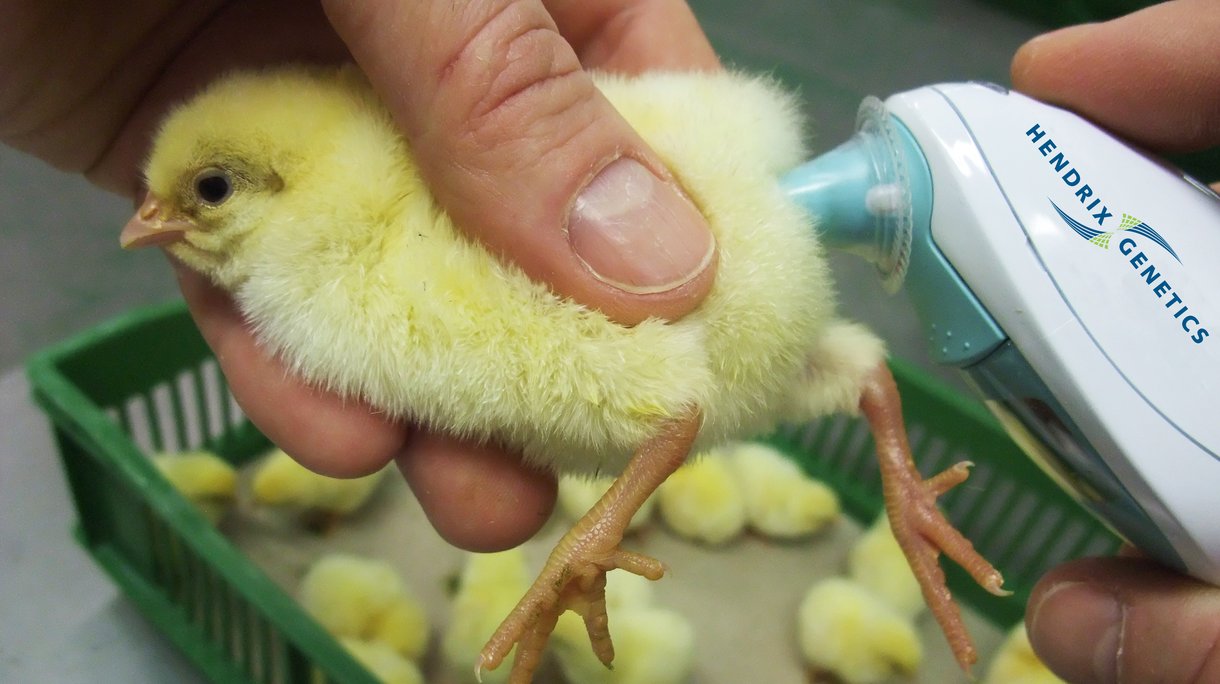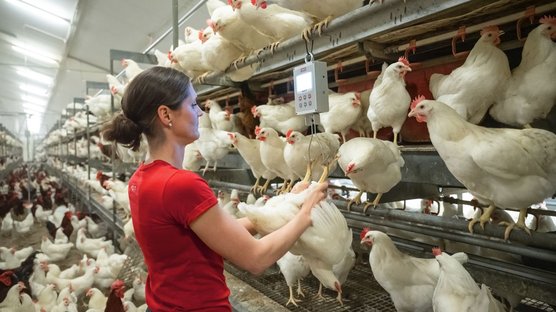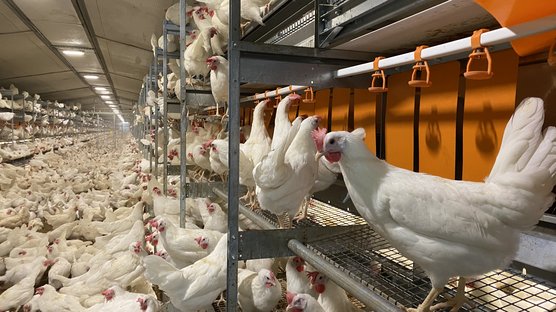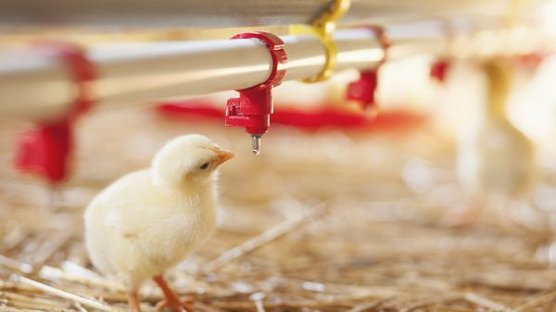
Published on Jan. 26, 2023
Pasted Vents in young chicks
Day-old chicks and reptiles are both poikilothermic, which means that their body temperature follows the temperature of their environment. Reptiles can function properly at a wide range of body temperatures by adjusting their metabolism accordingly. In the first week after birth, day-old chicks transition from poikilothermic to homeothermic behavior which is usually completed at about 5-6 days after hatch. Day-old chicks therefore differ from reptiles because they achieve ideal metabolism and development at an optimum body temperature of about 104°F (40°C) and cannot adjust their metabolism according to environmental conditions. The chicks’ metabolism is especially important for speedy absorption and utilization of the yolk sac residue which provides the newly hatched chick with nutrients and maternal antibodies from the mother hen. The further development of the intestinal tract to allow for a smooth transition from yolk sac digestion to normal feed digestion is also important at this stage.
It appears that white egg laying lines, when compared to other genetic lines, are more susceptible to developing ‘pasted vents. Pasted vents are most frequently observed at about 3-4 days after placement in the rearing farm. It seems that it is more difficult for white layer chicks to transition smoothly to the digestion of normal chick feed. Therefore, the correct body temperature is crucial to optimize metabolism for correct yolk sac utilization and to support the chicks’ transition to feed digestion. This will likely keep the phenomenon of pasted vents in young chicks under control.
The house air temperature should be managed according to the actual body temperature of the chicks during their first 5-6 days of life, the goal is to keep the average chicks’ body temperature at 104°F (40°C). The best way to measure the chicks body temperature is via measuring the cloacal temperature. As a result of proper temperature management, one will notice better development of the chicks during early brooding and lower first week mortalities.

Day-old chicks require good quality, easily digestible chick feed containing a sufficient concentrate level of carbohydrates that are derived from first grade raw materials. Feed quality and feed structure should not be underestimated! Chick starter feeds, containing elevated levels of grains like corn and wheat are preferred. In the old days it was common practice to feed the young chicks with broken corn for the first few days of their life to avoid problems with early diarrhea, that could result in pasty vents. This practical approach can still be used by topping the regular starter feed with broken corn or rice for the first few days after placement. Special chick feed products that are sold as ‘hatchling supplements’ can also be used for this purpose. Keep in these first days a close eye on chick feeding and drinking behavior. Don’t forget, a chick that doesn’t drink well, won’t eat well!
Keep in mind that the chicks also need to digest the remains of their yolk sacs during the days that the feeding is started. Therefor it is wise not to satiate them. Provide the first feed in regular small allocations given in 5-6 times per day. Overloading the chicks with feed when the yolk sacs are not fully utilized easily develops into a yolk sac infection with elevated chick mortalities during the first week of life. As mainly E. coli bacteria will be found on infected yolk sacs, the origin of the chicks (parent stock flocks) and especially the hatchery may relate to the problems seen at farm level. In most cases these conditions could have been avoided by better focus on brooding conditions and especially correct body temperature of the chicks directly after placement.

The phenomenon of pasted vents is regularly seen in relation to chick quality and in most cases the hatchery hygiene is questioned when pasty vents are seen at farm level. But, apart from exceptions, in most cases the incidence of pasted vents can be overcome by better understanding of what really counts for the day-old chick from the day it enters the farm to start the brooding period. Make it as comfortable as possible to the day-old chicks, already prior to their arrival at the rearing barn.



